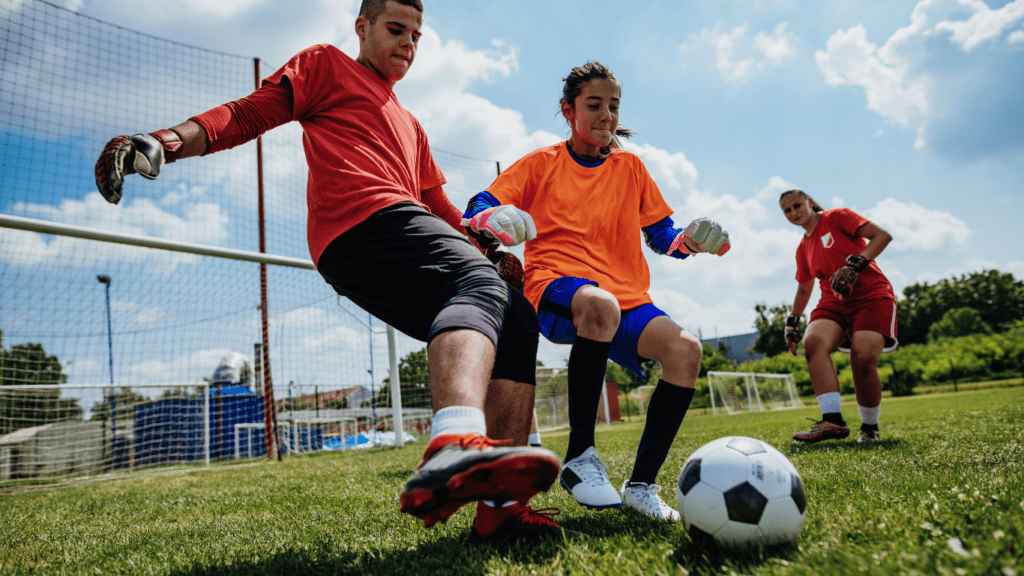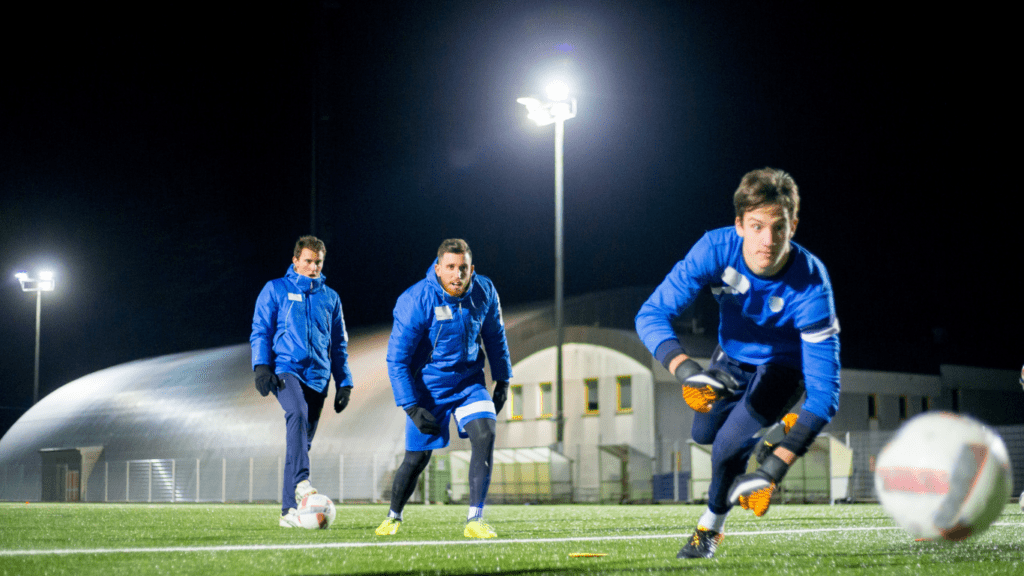Every great team starts with a solid foundation, and that foundation is built during practice. I’ve seen firsthand how the right strategies can transform a group of individuals into a cohesive, unstoppable force. It’s not just about drills or repetition—it’s about creating an environment where everyone thrives and pushes each other toward excellence.
Understanding Team Dynamics
Team dynamics shape how individuals interact, collaborate, and perform together. By fostering strong dynamics, teams can achieve synergy and accomplish shared goals effectively.
The Importance Of Collaboration
Collaboration maximizes the strengths of team members by combining diverse skills and perspectives. Teams that work collectively often solve problems faster and innovate more effectively. For example, in a corporate setting, cross-departmental collaboration can lead to streamlined operations and improved product strategies. In sports, collaborative gameplay helps athletes anticipate each other’s actions, improving overall performance. Encouraging collaboration also enhances trust and cohesion among group members.
Role Of Communication In Building Champions
- Communication ensures clarity, sets expectations, and resolves conflicts within a team.
- Teams that prioritize open dialogue often maintain better alignment with their goals. For instance, delivering clear instructions during practice facilitates effective execution in games.
- In corporate environments, regular feedback loops reduce misunderstandings and improve efficiency.
- Building champions requires fostering active listening, constructive feedback, and transparent information-sharing to maintain unity and drive results.
Key Components Of Effective Team Practices

Effective team practices require purposeful strategies that blend clarity, structure, and personal responsibility to achieve peak performance. These components create a framework for consistent growth and success.
Setting Clear Goals And Expectations
Clear goals and expectations define the purpose and direction of team practices. I ensure every team member understands the objectives by setting measurable, time-bound targets. For example, I might outline a performance metric, such as completing a drill within a specific time or achieving a project milestone by a certain date. Clear expectations also minimize confusion and align individual efforts with team priorities. Transparent communication plays a key role in reinforcing these goals, so I update and reiterate them regularly.
Designing Structured Practice Sessions
Structured practice sessions optimize time and ensure relevant skills are addressed. A well-planned session includes:
- specific drills
- activities
- tasks
tailored to improve identified weaknesses. For instance, if a team struggles with quick decision-making, I incorporate scenario-based exercises to simulate time-sensitive decisions. I break sessions into focused segments, each with defined purposes, such as skill-building, strategy-testing, or problem-solving. A structured schedule also helps balance intensity with recovery, fostering consistency without burnout.
Encouraging Accountability And Ownership
Promoting accountability and ownership empowers team members to take responsibility for their roles. I encourage this by assigning clear tasks and tracking progress using tools like performance charts or regular evaluations. Establishing peer reviews or group discussions can further reinforce accountability. For example, I invite individuals to share their contributions during debriefs, which enhances engagement and personal investment. Ownership also grows when each member sees how their efforts directly influence outcomes, creating a sense of pride in collective success.
Strategies For Peak Performance
Peak performance stems from balancing individual growth and team synergy, encouraging adaptability through feedback, and fostering a motivated environment. These strategies ensure consistent progress and long-term success.
Balancing Skill Development And Team Cohesion
I emphasize creating practices that include both individual skill-building and collaborative activities. Individual drills sharpen technical proficiencies, like improving agility in sports or mastering specific tools in corporate projects. On the other hand, team-based exercises build trust, such as simulated team challenges or group problem-solving tasks. Balancing these focuses ensures enhanced abilities without jeopardizing team unity.
Implementing Feedback And Continuous Improvement
Feedback drives development when it’s actionable and timely. I structure practice sessions to include measurable performance assessments and allocated time for reviewing outcomes. For example, video analysis or progress charts can offer clear insights during evaluations. Pairing constructive feedback with goal-setting ensures continuous refinement, while celebrating improvements strengthens commitment to team objectives.
Leveraging Motivation And Team Morale
Motivation sustains effort, especially in demanding practices. I incorporate recognition systems, like awarding “player of the session” or spotlighting exceptional contributions in meetings, to keep momentum. Team morale increases when every member feels valued, making small, meaningful acknowledgments crucial. Building a positive environment through encouragement and inclusivity promotes resilience and peak effort.



 Lead Training Analyst
Lead Training Analyst
